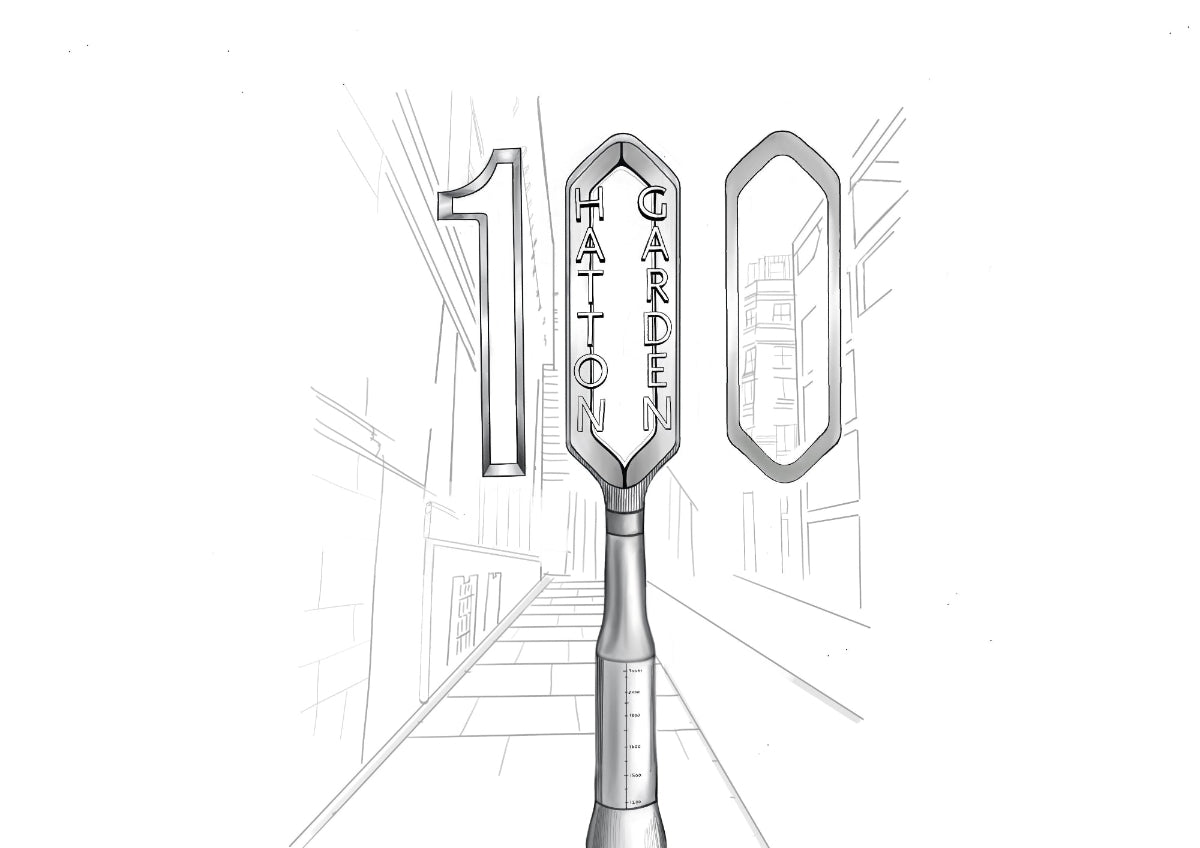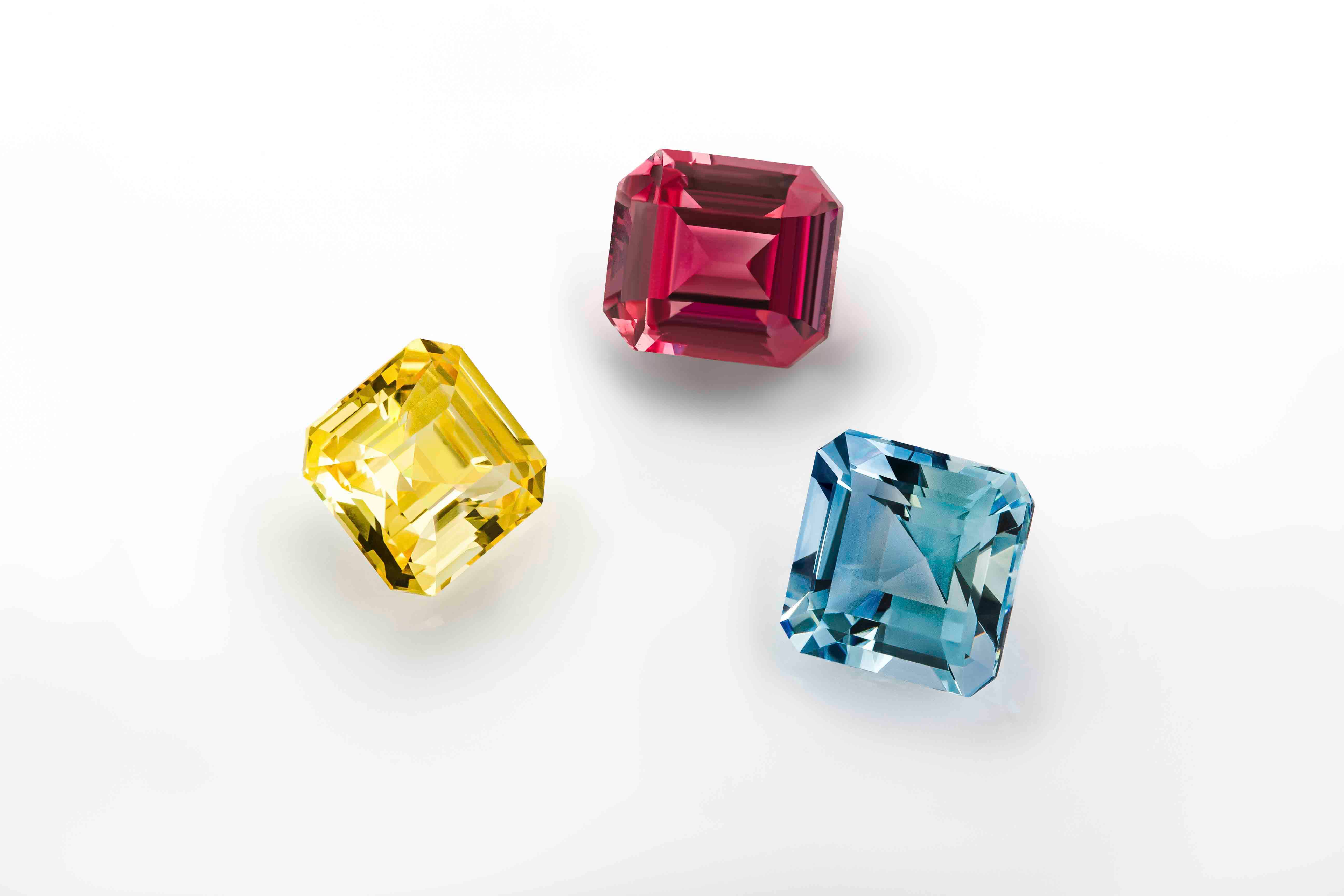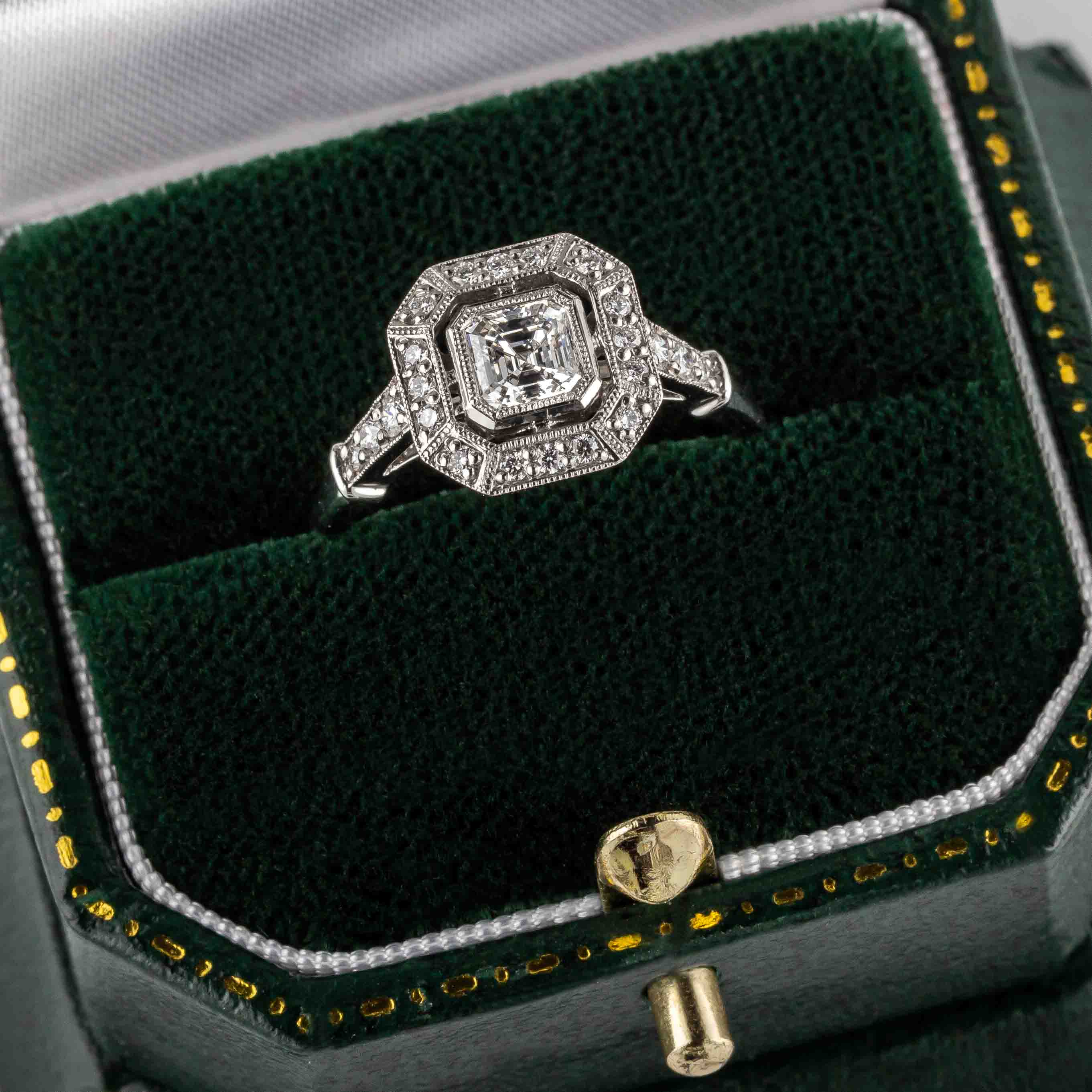Art Deco History and Design
Art Deco. The term brings to mind the excess and opulence of the 1920s-1930s. Filled with a spirit of optimism and adventure, the Art Deco aesthetic swept the world and has retained its appeal for over one hundred years. Defined by their sleek, streamlined design and bold geometric patterns, the Art Deco style of the early 20th century was influenced by the rapidly modernising world. From architecture to fashion and jewellery, Art Deco styles radiate the chic sophistication of their time.
Minimalist Fashion
The Art Deco movement sprang from the ashes of the first world war. The war had affected many facets of society, including the role of women. With men off fighting on the front, women were left to take up industrial tasks from farm to factory work. In turn, these new roles gave women new freedoms, culminating in their emancipation and gaining the right to vote in 1918. After the war had ended, many women wanted to retain the freedoms they had gained and continued to work. Fashion echoed these qualities, with thin, flat silhouettes, trousers and dresses that came to the knee, making them easy to move, work, and play sports. Gone were the days of restricting corsets and long, ungainly gowns. The Art Deco period was the emancipated woman, and both fashion and jewellery adapted to her ever-changing lifestyle. Art Deco jewellery did away with the large floral sprays favouring streamlined design. Instead, jewellery became an accessory meant to fit with the overall composition of the outfit, resulting in a wide variety of styles. A fashion arose for stacking and layering with line bracelets stacked high on the arms and long strands of pearls and rope necklaces layered over sleek drop-waisted. Rings took on a paired back modernism that focussed on geometry and the quality of gemstones rather than superfluous decoration.
Simple and Affordable
The Art Deco movement was all about modernism. Straying from the ornate decoration of the past, the Art Deco aesthetic favoured sharp edges and irregular surfaces, taking inspiration from cubism, futurism and the functionalism of Bauhaus. Jewellers utilised materials such as platinum and chrome in their streamlined creations. The bright white metals had a shine reflected in the machine-aesthetic of automobiles and steel skyscrapers of the time. Art Deco jewellery included yellow gold and silver. Bold coloured semi-precious gems such as onyx, amethyst and citrine were mixed in daring combinations. Simple and affordable materials such as glass and bakelite (known today as plastic) were raised to new heights and regarded for their functional appeal over intrinsic value.
Best Colour and Contrast
The bold geometry of many Art Deco designs lent themselves well to contrasting colour combinations. By mixing the glittering white of diamond and rock crystal against vivid flashes of colour from emeralds, aquamarines or other gemstones, Art Deco designers were able to highlight and contrast the intricate geometric patterns of their best work. The 1930s saw a return to monochromatic palettes, but the fashion for bold geometry remained. Instead of using colour, jewellers used baguette cut, Asscher cut and emerald cut diamonds to create dramatic geometric effects.
Modern with Taste of the Exotic
The discovery of King Tut’s tomb and ever-increasing trade with China, Japan and Africa led to a renewed interest in all things exotic. Many European jewellery designers incorporated elements of Asian design, such as jade, mother of pearl and carved gemstones into their exotic creations. In addition, they adapted natural motifs from Mexico and Egypt and utilised the geometry of African masks, favoured by artists like Picasso.







